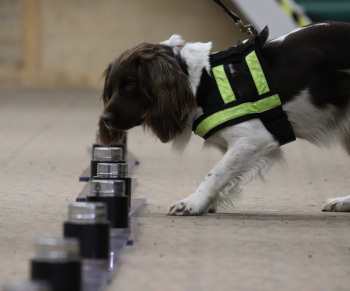Introduction
NPSA is working with partners including the Home Office, Department for Transport and Defence Science and Technology Laboratory to develop a suite of evidence-based guidance notes detailing good practices underpinning delivery of effective detection dog capability. These are primarily intended for detection dog handlers and trainers, but should also prove useful to security managers looking to commission effective detection dog capability.
Wherever possible, the notes have been written so as to be applicable across any detection dog discipline (explosives, firearms, etc) and application (searching / screening buildings, areas, vehicles, deliveries or people).
Latest Guidance
Guidance notes
The list of topics will be expanded over time - please check back here periodically for the latest additions. If you wish to provide feedback on any of these guidance notes or suggestions for future topics, please contact DSTL.
In addition to the technical guidance notes, NPSA has produced some guidance that outlines the key points to consider when specifying, procuring and implementing detection dog services. This is intended to aid organisations looking to use private sector detection dog services, helping them understand the capability offered by their chosen provider and ensure it addresses their operational requirements.
Essential Background Knowledge
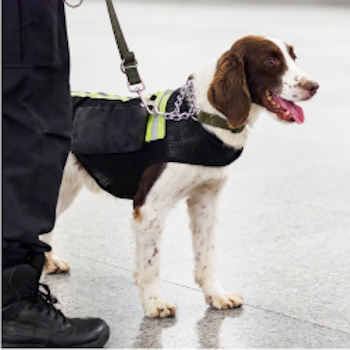
This note provides a basic introduction to the main principles of animal learning. It explains the different types of learning that may occur during working dog training and deployment, and what relevant scientific terms mean. It provides suggestions for how to use this knowledge to improve working dog capability.
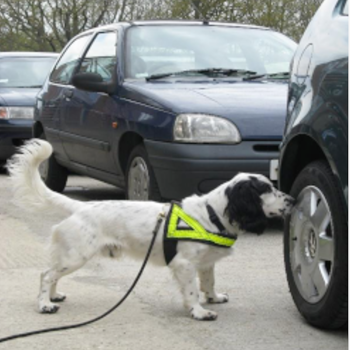
This note discusses detection dog indications including 'hits', 'misses', 'false alarms', 'nuisance alarms' and 'interest'. It explains what these terms mean, why these responses may occur, and provides guidance on actions to maintain or improve the detection capability in each case.
This note provides an introduction to what odour is, how it is produced, and factors that may affect a dog's ability to smell, and therefore detect, an odour and its source.
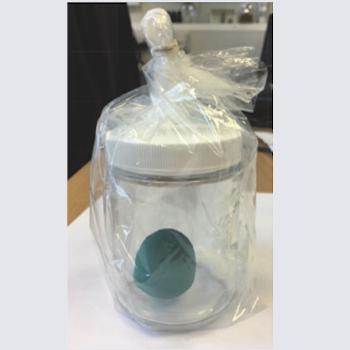
This note provides guidance on controlling contamination by appropriate handling and storage of Training Samples (TSs).
This note provides key advice on how to ensure that training samples (odour samples used for training and/or assessment of detection dogs) are fit-for-purpose and actually facilitate the intended operational capability.
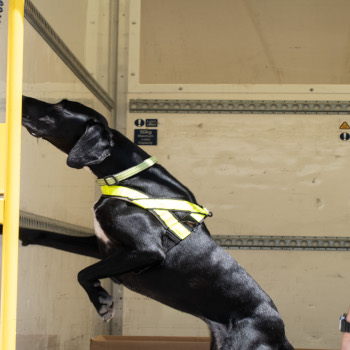
This note provides guidance on the optimal use of concealments for detection dog training. The note defines what a concealment is, considerations for using concealments, and examples of different types of concealment.
This note provides advice about how to ensure that the detection dog is not responding to unintentional cues by training and/or testing using the double-blind technique.
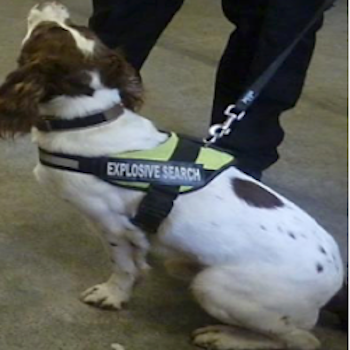
This note provides an introduction to marker training. It includes a brief overview of what marker training is, in what circumstances it can be beneficial, and how it works in comparison to other reward-based training methods.
This note provides guidance on how to enhance the welfare of working dogs during kennelling.
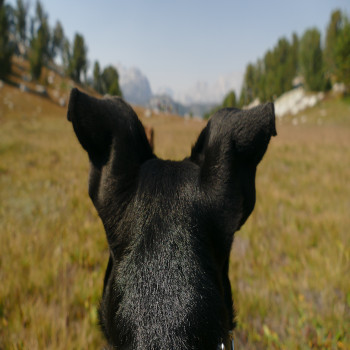
This note provides an introduction to how dogs hear in comparison to humans.
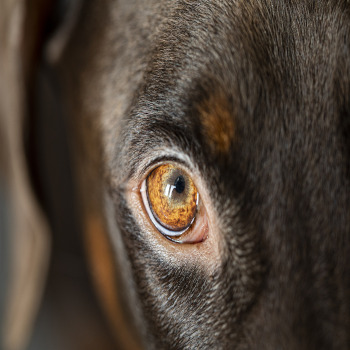
This note provides guidance on how dogs see in comparison to humans, including suggestions about how these differences might affect dog handling and training.
Tools and Techniques for Effective Training
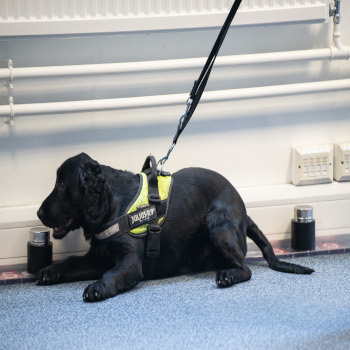
This note provides guidance on how to collect information during detection dog training sessions and create training records. It covers how training records can be used to maximise training efficiency and ensure that each detection dog team provides an effective detection capability.
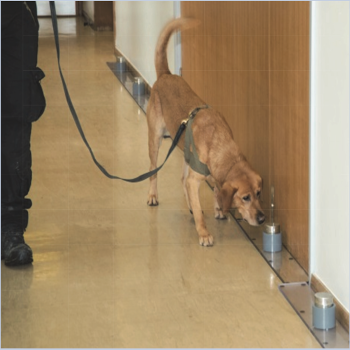
This note outlines the procedure used to conduct an odour discrimination test to confirm acceptable odour recognition by detection dogs. The test aims to identify whether a dog is able to reliably identify trained (target) odours and discriminate against untrained odours.
This note should be read in conjunction with the Canine Odour Discrimination Test guidance note above. The tool is a Microsoft Excel Spreadsheet which should be used to generate running orders for both training and testing days when the Canine Odour Discrimination Test is used.

Software tool for generating running order sheets for Odour Discrimination Tests.
Guidance on how to maximise training efficiency and operational effectiveness through the appropriate use of blanks (non-target odours related to the training sample) and interferents (other non-target odours).
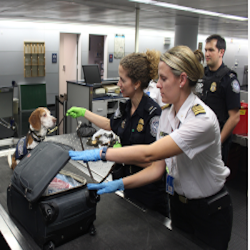
This note provides guidance on how to train a dog to "generalise" to detect targets that are similar to, but not exactly the same as, their training samples.

This note provides guidance on how to produce, store, use and dispose of odour 'soaks'.
Optimising Operational Performance
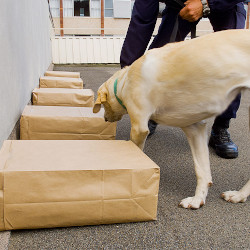
This note provides guidance on how to maintain the same detection performance in operational searches as observed in training searches, applying good training and operational practices to maintain operational performance.
